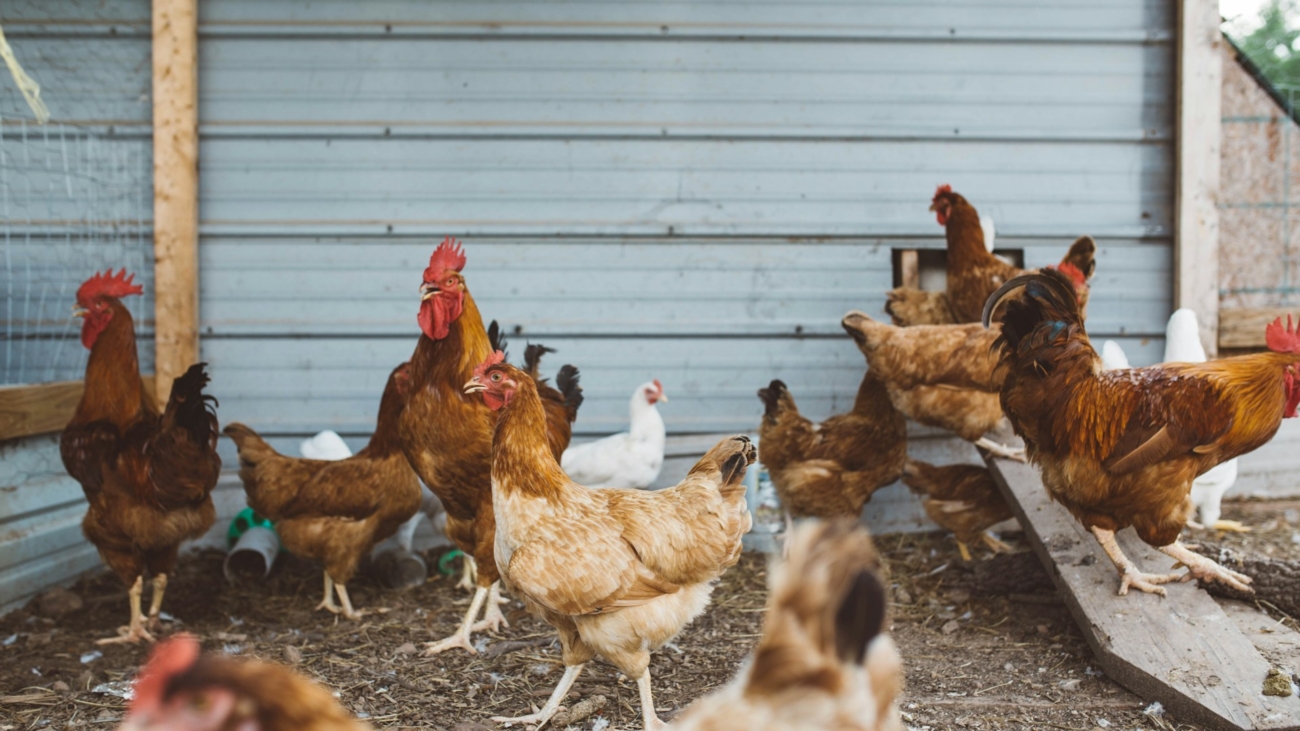In the age of digital transformation, farms are no longer solely reliant on traditional methods. To maximize efficiency, productivity, and sustainability, modern farms integrating grains, vegetables, animal stock, and poultry require a robust digital infrastructure. This article explores the optimal digital infrastructure needed to support such a diverse farming operation, detailing the necessary components and their benefits.
Components of Digital Infrastructure
1. Internet of Things (IoT) Devices
IoT Sensors and Devices:
- Soil Moisture Sensors: Monitor soil conditions to optimize irrigation schedules.
- Weather Stations: Provide real-time weather data to predict and manage weather-related impacts.
- Livestock Trackers: Monitor the health, location, and activity of animal stock.
- Environmental Sensors: Measure temperature, humidity, and air quality in poultry houses and barns.
Smart Equipment:
- Automated Irrigation Systems: Adjust water delivery based on soil moisture data.
- Drones: Conduct aerial surveys for crop health assessment and pest control.
- Robotic Milking Machines: Enhance efficiency in dairy production.
2. Data Management Systems
Centralized Data Platform:
- Farm Management Software (FMS): Integrates data from various sources, providing a comprehensive view of farm operations.
- Cloud Storage: Ensures secure, scalable storage of large data volumes.
Analytics and Decision Support:
- Big Data Analytics: Analyze historical and real-time data to optimize farming practices.
- AI and Machine Learning: Predict crop yields, detect diseases, and recommend best practices.
3. Connectivity Solutions
High-Speed Internet:
- Broadband Connectivity: Essential for real-time data transmission and remote monitoring.
- 5G Networks: Support high-speed, low-latency connections for advanced IoT applications.
Network Infrastructure:
- Mesh Networks: Ensure reliable connectivity across the entire farm.
- Edge Computing: Process data locally to reduce latency and enhance real-time decision-making.
4. Automation and Robotics
Field Robots:
- Autonomous Tractors: Perform tasks such as planting, weeding, and harvesting with precision.
- Seeding and Planting Robots: Ensure optimal seed placement and density.
Barn and Poultry House Automation:
- Feeding Systems: Automatically dispense feed based on preset schedules and animal needs.
- Ventilation and Climate Control: Maintain optimal living conditions for livestock and poultry.
5. Security and Compliance
Cybersecurity:
- Network Security: Protect data and devices from cyber threats.
- Data Encryption: Ensure sensitive data is secure both in transit and at rest.
Compliance and Reporting:
- Regulatory Compliance Tools: Ensure adherence to agricultural regulations and standards.
- Traceability Systems: Track the origin and movement of products for quality control and certification.
Benefits of Digital Infrastructure
Enhanced Efficiency
- Resource Optimization: Precise control over water, fertilizers, and feed reduces waste and lowers costs.
- Labor Savings: Automation reduces the need for manual labor, allowing workers to focus on higher-value tasks.
Increased Productivity
- Yield Improvement: Data-driven insights help optimize planting schedules, pest control, and harvesting.
- Animal Health and Productivity: Continuous monitoring ensures timely interventions, improving overall livestock and poultry health.
Sustainability
- Environmental Impact: Reduced resource usage and better waste management contribute to sustainable farming practices.
- Energy Efficiency: Smart energy management systems optimize the use of renewable energy sources.
Risk Management
- Predictive Analytics: Anticipate and mitigate risks such as disease outbreaks, weather events, and market fluctuations.
- Real-Time Monitoring: Immediate detection of issues allows for swift corrective actions.
Implementation Considerations
Integration and Interoperability
- Unified Platform: Ensure all digital tools and devices are integrated into a single, cohesive platform.
- Interoperability Standards: Use standard protocols and interfaces to ensure compatibility between different systems and devices.
Scalability
- Modular Design: Implement a modular approach to allow easy expansion and upgrades as the farm grows.
- Scalable Infrastructure: Use cloud-based solutions that can scale with the farm’s data and processing needs.
Training and Support
- Staff Training: Provide training programs to ensure farm staff can effectively use and maintain digital tools.
- Technical Support: Ensure access to ongoing technical support and maintenance services.
Conclusion
The integration of digital infrastructure in a modern farm encompassing grains, vegetables, animal stock, and poultry offers numerous benefits, from enhanced efficiency and productivity to sustainability and risk management. By investing in IoT devices, data management systems, connectivity solutions, automation, and robust security measures, farmers can create a smart, data-driven agricultural operation. This transformation not only supports the economic viability of farming but also contributes to a sustainable and resilient agricultural sector.

